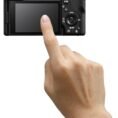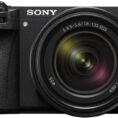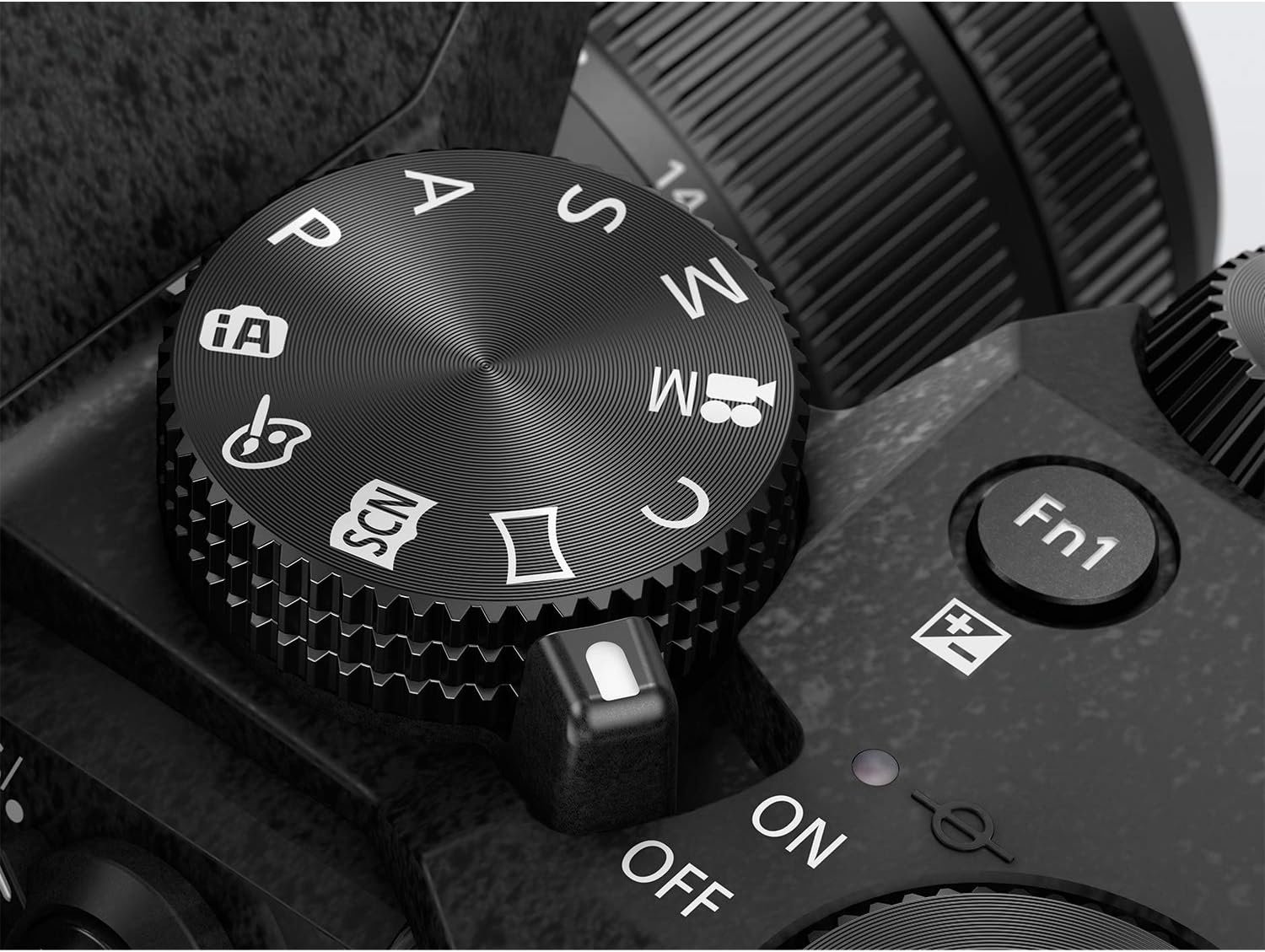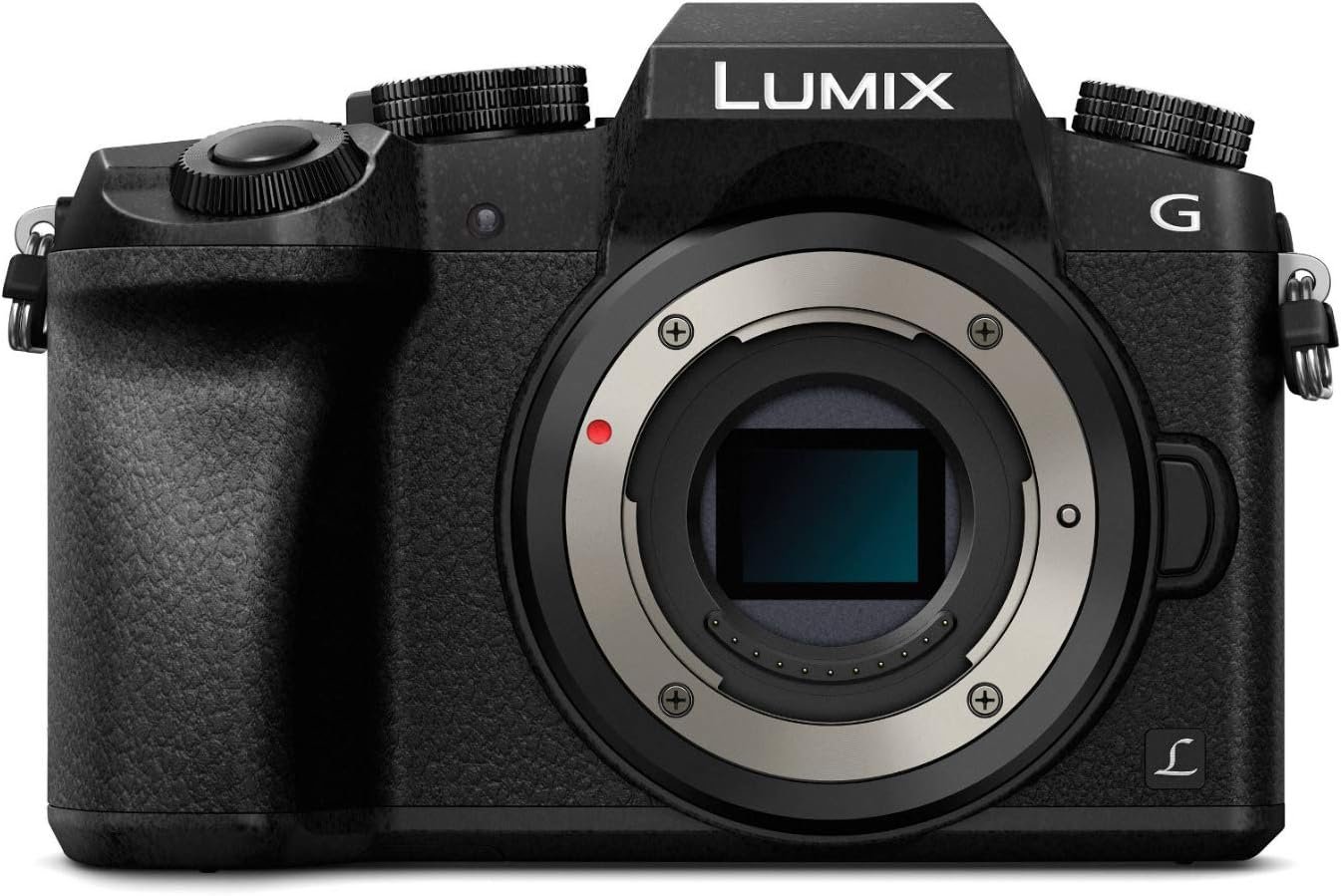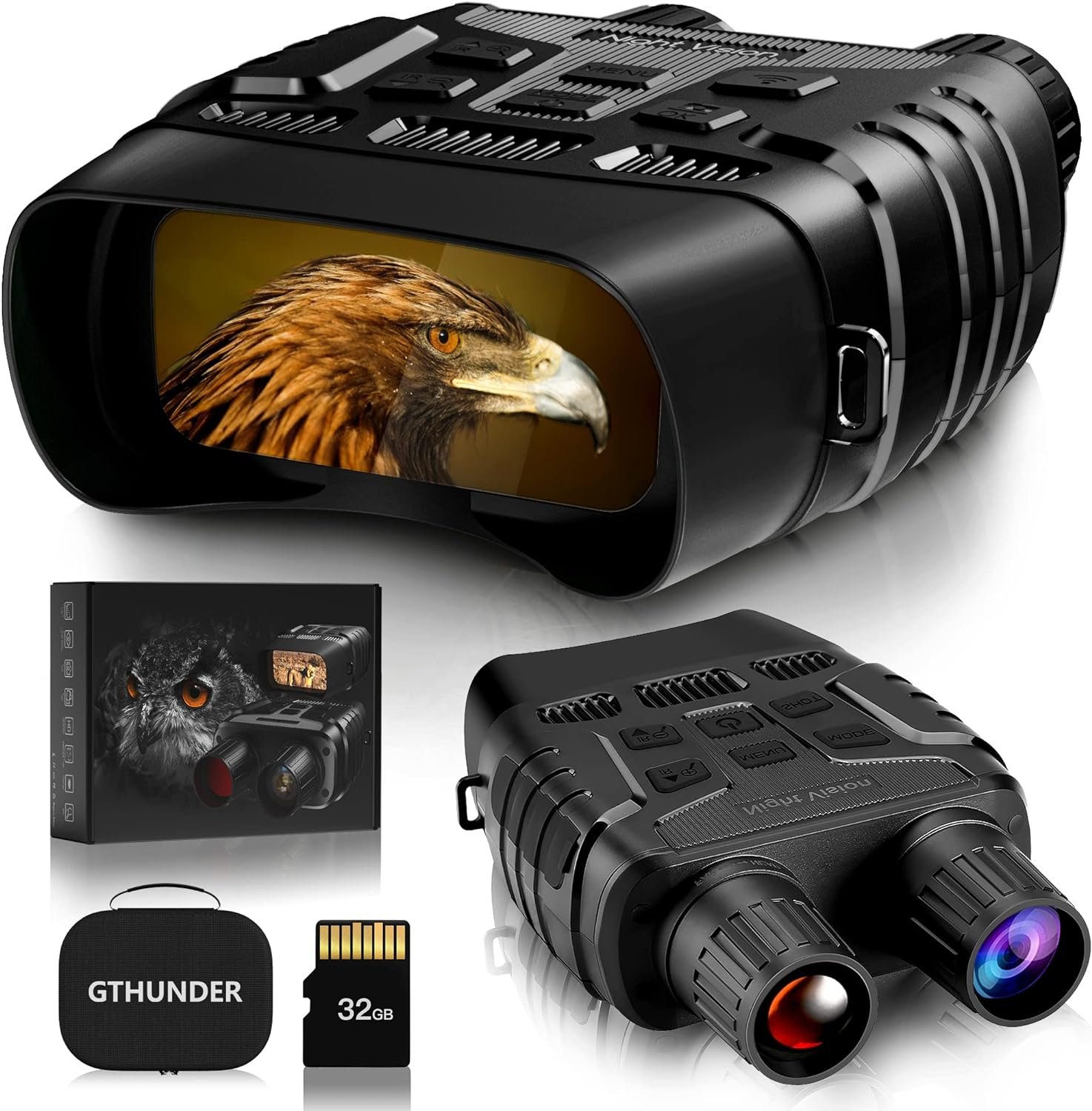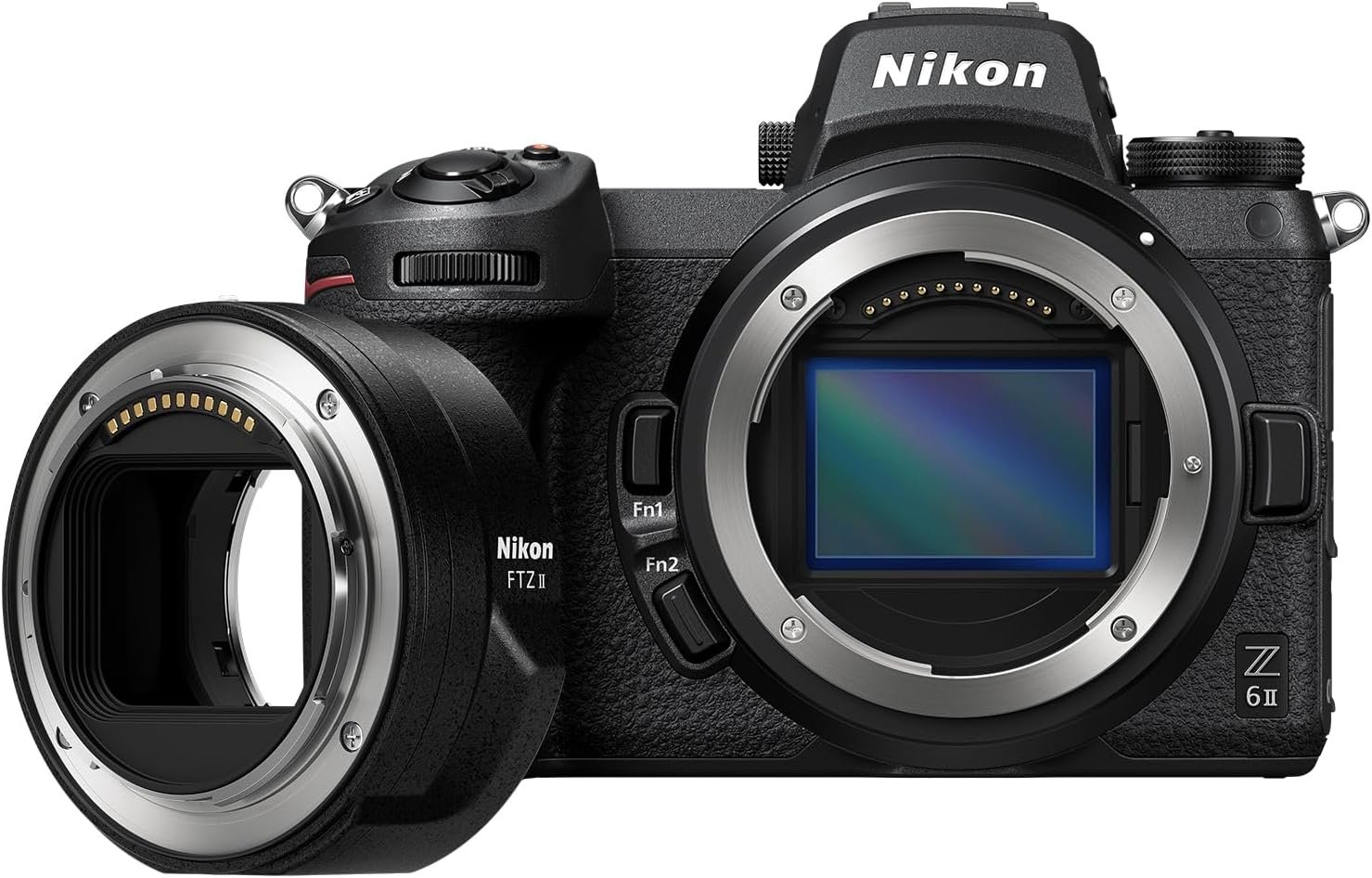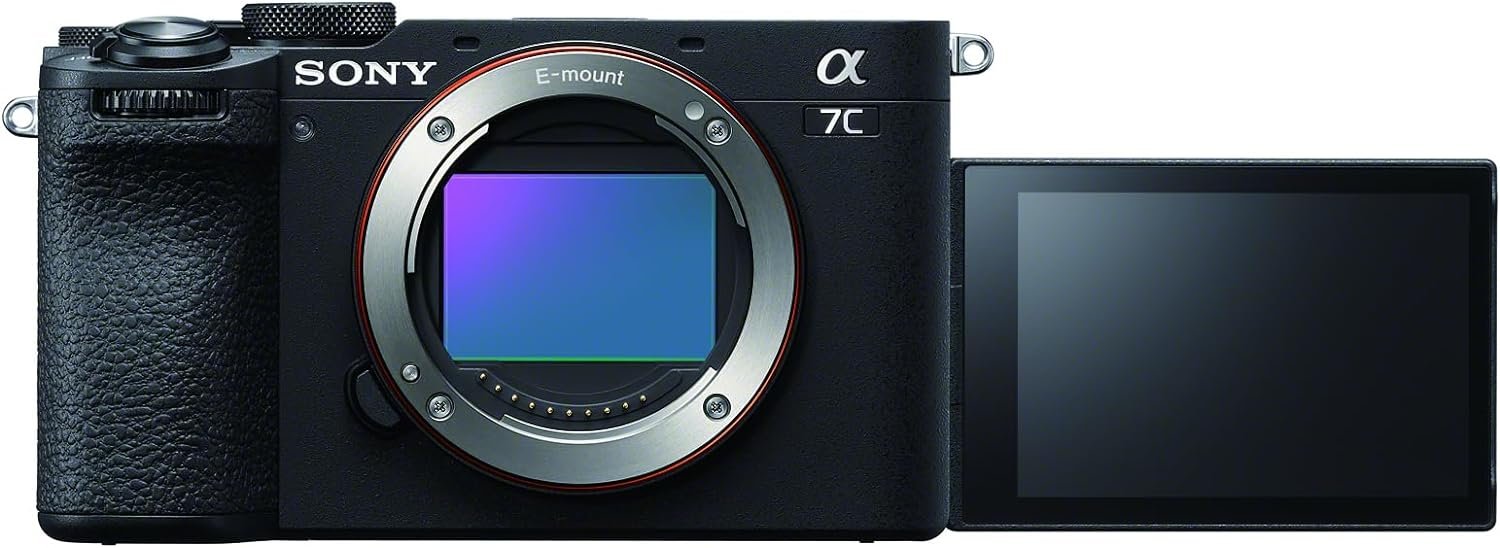Welcome to a quick guide on how to calibrate the white balance on your camera! Understanding white balance is crucial for capturing accurate colors in your photos. By adjusting the white balance settings on your camera, you can ensure that whites appear white and colors are true to life. Let’s dive into some simple steps to help you master this important technique and improve the quality of your photos. How Do I Calibrate The White Balance On My Camera?
How do I calibrate the white balance on my camera? White balance is a crucial setting that determines the accurate representation of colors in your photographs. Understanding how to calibrate the white balance on your camera can greatly enhance the quality of your images. In this article, we will explore the different methods and tools you can use to adjust the white balance and achieve the desired color accuracy in your photos.
Importance of White Balance Calibration
Calibrating the white balance on your camera is essential to ensure true-to-life colors in your images. Every light source emits light of different color temperatures, which can affect the overall look of your photos. By adjusting the white balance settings, you can compensate for the color temperature of the light source and achieve accurate color reproduction in your images.
When your camera’s white balance is not properly calibrated, your photos may appear too warm (orange/yellow tint) or too cool (blue tint). This can significantly alter the mood and feel of your images, leading to inaccurate color representation. By calibrating the white balance, you can maintain the natural look of the scene and capture colors as they appear in real life.
Why Do I Need to Calibrate White Balance?
Calibrating the white balance on your camera is important because it helps you achieve accurate color reproduction in your images. If the white balance is not properly adjusted, the colors in your photos may appear distorted or inaccurate, which can affect the overall quality of your images. By calibrating the white balance, you can ensure that the colors in your photos look true-to-life and retain their natural vibrancy.
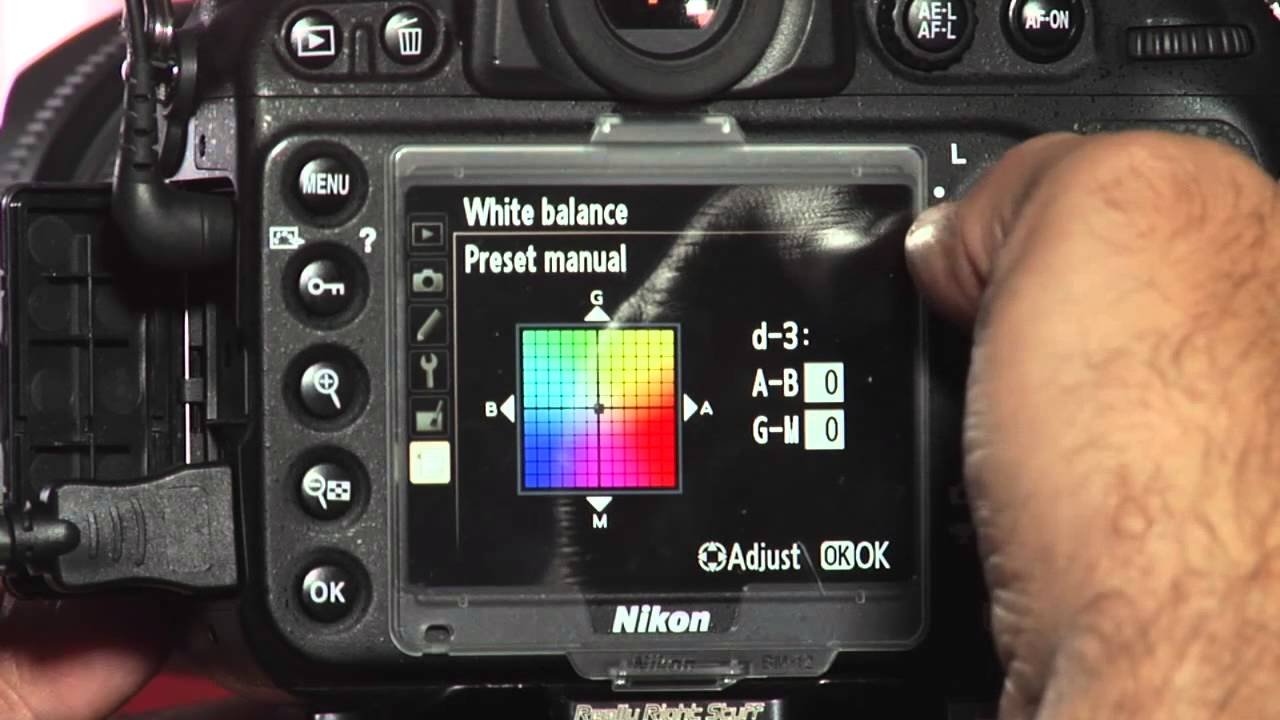
This image is property of i.ytimg.com.
Methods of Calibrating White Balance
There are several methods you can use to calibrate the white balance on your camera. Each method offers different advantages and is suitable for various shooting conditions. Let’s explore some of the common methods of calibrating white balance:
Preset White Balance
Preset white balance settings on your camera allow you to select a specific color temperature based on the lighting conditions. Most cameras come with preset white balance options such as daylight, cloudy, shade, tungsten, fluorescent, and flash. By choosing the appropriate preset white balance setting that matches the lighting conditions, you can ensure accurate color reproduction in your photos.
Preset white balance settings are ideal for situations where you know the color temperature of the light source in advance. For example, if you are shooting outdoors on a sunny day, you can select the daylight white balance setting to compensate for the color temperature of the sunlight. Using preset white balance settings can simplify the process of calibrating the white balance and help you achieve accurate colors in your images.
Custom White Balance
Custom white balance allows you to manually adjust the white balance settings on your camera to match the specific color temperature of the lighting conditions. To set a custom white balance, you need to use a white or neutral gray card as a reference. By taking a photo of the white or gray card under the same lighting conditions as your subject, you can create a custom white balance setting that accurately reflects the color temperature of the light source.
Custom white balance is useful in situations where the lighting conditions are constantly changing, or the preset white balance settings do not accurately represent the color temperature of the light source. By creating a custom white balance setting, you can ensure that the colors in your images are accurately reproduced, regardless of the lighting conditions.
Auto White Balance
Auto white balance is a setting on your camera that automatically adjusts the white balance based on the color temperature of the lighting conditions. When you set the white balance to auto, the camera analyzes the scene and adjusts the color temperature to produce the most accurate colors in your images. Auto white balance is convenient for situations where you need to quickly capture photos without worrying about manually adjusting the white balance settings.
While auto white balance can be effective in certain shooting conditions, it may not always produce accurate colors in all situations. In complex lighting conditions or mixed lighting sources, auto white balance may struggle to accurately adjust the white balance, leading to color inaccuracies in your images. It is recommended to use auto white balance as a starting point and fine-tune the white balance settings manually if needed.

This image is property of backend.orbitvu.com.
Tools for White Balance Calibration
In addition to the built-in white balance settings on your camera, there are various tools you can use to calibrate the white balance and achieve accurate color reproduction in your images. These tools can provide more precise control over the white balance settings and help you achieve consistent results in different shooting conditions. Let’s explore some of the tools for white balance calibration:
Gray Card
A gray card is a neutral gray card that is used as a reference for setting custom white balance on your camera. By taking a photo of the gray card under the same lighting conditions as your subject, you can create a custom white balance setting that accurately reflects the color temperature of the light source. Gray cards are available in different sizes and are lightweight and portable, making them ideal for on-the-go white balance calibration.
Using a gray card is a simple and effective method for calibrating the white balance on your camera. By including the gray card in your scene and capturing a reference photo, you can quickly create a custom white balance setting that ensures accurate color reproduction in your images. Gray cards are affordable and widely available, making them a valuable tool for photographers looking to achieve accurate colors in their photos.
ColorChecker
A ColorChecker is a color calibration tool that provides a reference for accurate color reproduction in your images. The ColorChecker consists of a grid of colored squares that represent different colors and tones. By including the ColorChecker in your scene and capturing a reference photo, you can create a custom white balance setting that accurately reproduces the colors in your images.
ColorCheckers are used by professional photographers and videographers to ensure consistent color reproduction across different shooting conditions. The ColorChecker provides a standardized reference for color accuracy, allowing you to achieve true-to-life colors in your images. While ColorCheckers are more expensive than gray cards, they offer a higher level of precision and control over the white balance calibration process.
ExpoDisc
An ExpoDisc is a white balance filter that attaches to the front of your lens and allows you to measure the color temperature of the light source. By using the ExpoDisc to take a custom white balance reading, you can accurately adjust the white balance settings on your camera to match the color temperature of the lighting conditions. ExpoDiscs are available in different sizes to fit different lens diameters and can be easily attached and removed for quick white balance calibration.
ExpoDiscs are popular among photographers who require precise color accuracy in their images. By taking a custom white balance reading with the ExpoDisc, you can ensure that the colors in your photos are accurately reproduced, regardless of the lighting conditions. ExpoDiscs are compact and lightweight, making them a convenient tool for on-the-go white balance calibration.
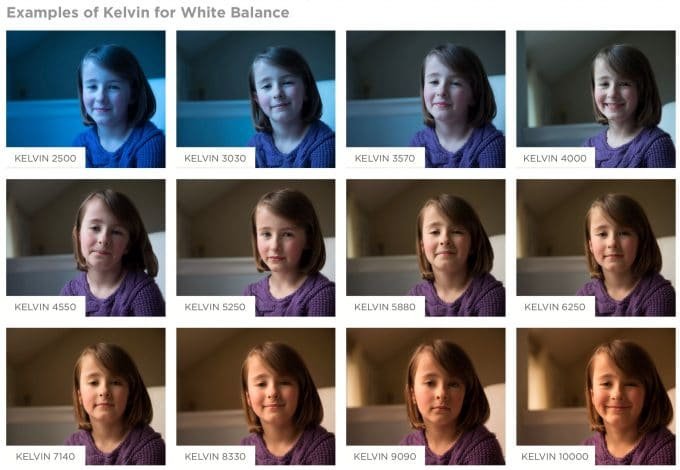
This image is property of clickitupanotch.com.
Tips for White Balance Calibration
Calibrating the white balance on your camera can greatly enhance the quality of your images and ensure accurate color reproduction. To achieve consistent results and achieve true-to-life colors in your photos, consider the following tips for white balance calibration:
Shoot in RAW Format
Shooting in RAW format allows you to retain all the color information captured by your camera sensor, giving you greater flexibility in post-processing. When shooting in RAW, you can adjust the white balance settings during post-processing without losing image quality. This allows you to fine-tune the white balance to achieve accurate color reproduction in your images.
Check the Histogram
The histogram is a graphical representation of the tonal range in your image, showing the distribution of light and dark tones. By checking the histogram after capturing a photo, you can ensure that the exposure and white balance are properly calibrated. A well-balanced histogram indicates that the colors in your image are accurately reproduced, while an unbalanced histogram may indicate color inaccuracies.
Use a White Balance Tool
Consider using a white balance tool such as a gray card, ColorChecker, or ExpoDisc to calibrate the white balance on your camera. These tools provide a reference for accurate color reproduction and help you achieve consistent results in different shooting conditions. By including a white balance tool in your scene and capturing a reference photo, you can create a custom white balance setting that ensures accurate colors in your images.
Experiment with Different Settings
Experiment with different white balance settings on your camera to see how they affect the colors in your images. Try using preset white balance settings, custom white balance, and auto white balance to determine which setting works best for different shooting conditions. By experimenting with different settings, you can find the optimal white balance setting that produces accurate color reproduction in your photos.
Fine-Tune in Post-Processing
If you are unable to achieve the desired white balance during shooting, you can fine-tune the white balance settings during post-processing. Most editing software offers tools for adjusting white balance, allowing you to correct color inaccuracies and achieve accurate color reproduction in your images. By fine-tuning the white balance in post-processing, you can enhance the quality of your photos and ensure true-to-life colors.
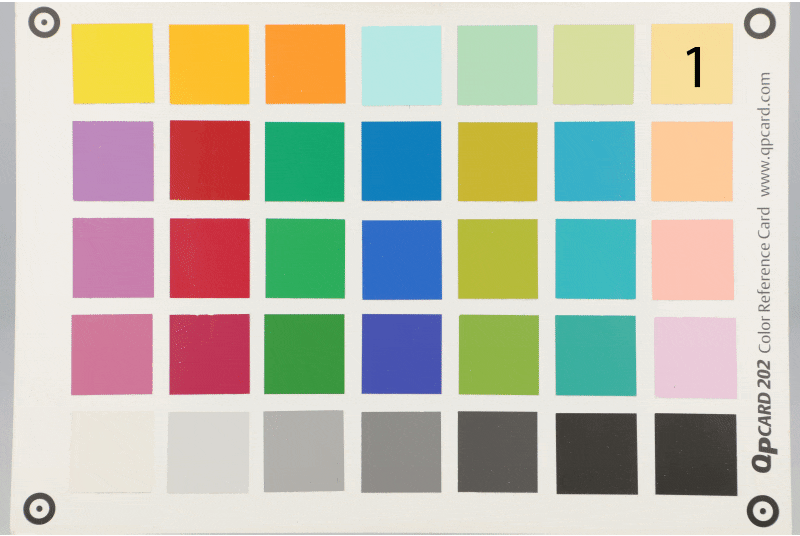
This image is property of backend.orbitvu.com.
Conclusion
Calibrating the white balance on your camera is essential to achieving accurate color reproduction in your images. By understanding the importance of white balance calibration, exploring different methods and tools, and following tips for white balance calibration, you can enhance the quality of your photos and capture colors as they appear in real life. Experiment with different white balance settings, use white balance tools, and fine-tune the white balance in post-processing to ensure consistent results and achieve true-to-life colors in your images. With proper white balance calibration, you can elevate your photography and create stunning, vibrant images that reflect the beauty of the world around you.
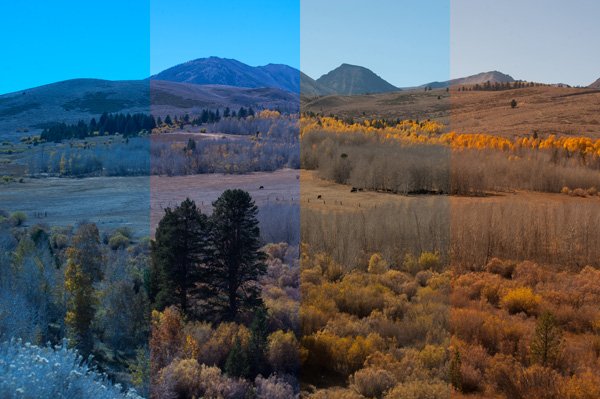
This image is property of photographypro.com.

